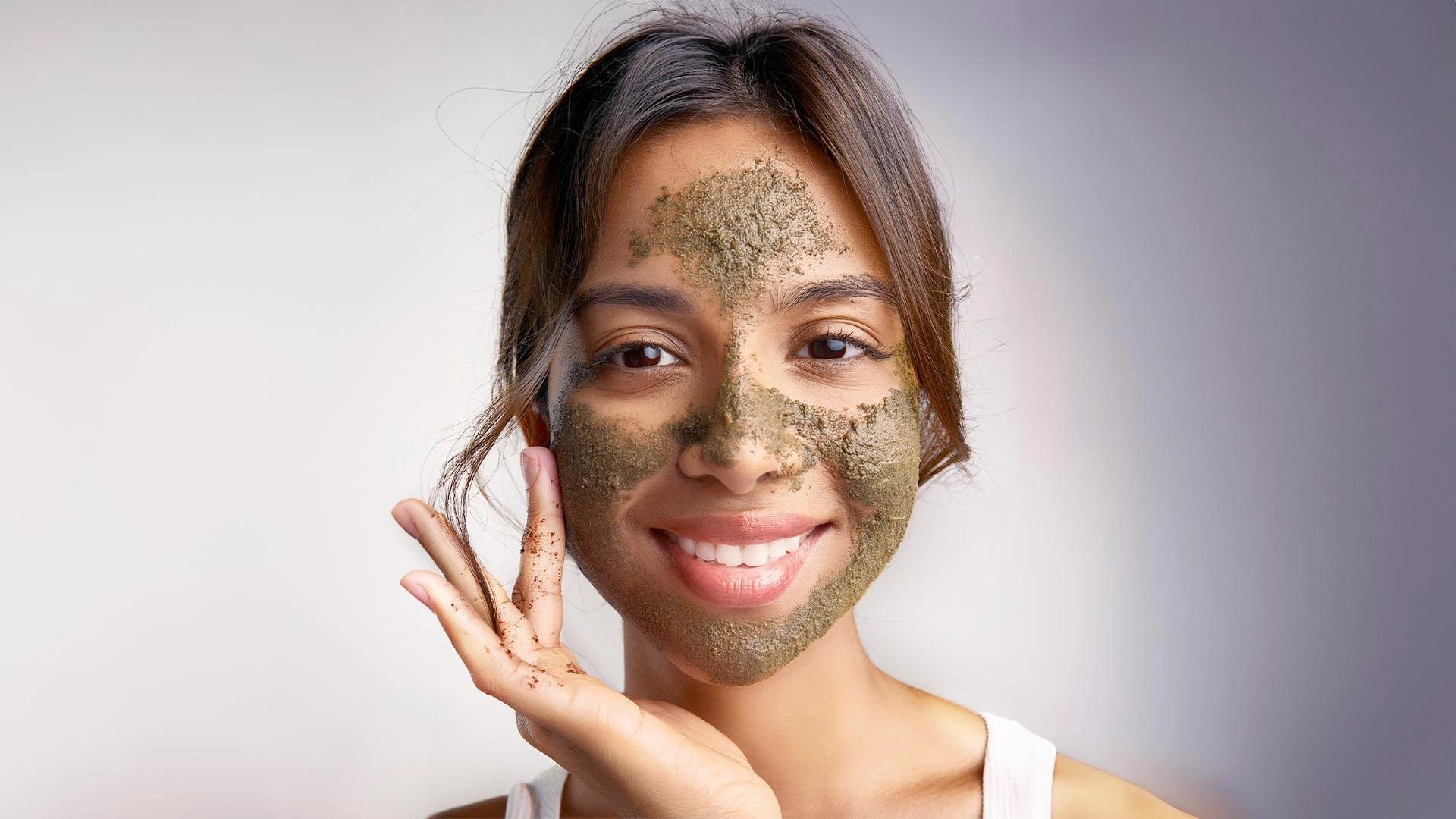Using a tongue cleaner properly is surprisingly straightforward. Start by extending your tongue and placing the cleaner at the back—as far as comfortable without triggering your gag reflex. Apply gentle pressure and pull the tool forward in one smooth motion.
Rinse the cleaner and repeat 2-3 times, covering the entire tongue surface. Don't press too hard—you're aiming to remove the coating, not scrape off your taste buds. Most people find that cleaning their tongue once daily is sufficient, preferably in the morning before brushing.
Maintaining Your Tongue Cleaner
Keeping your tongue cleaner hygienic is essential for effective bacteria removal. Rinse it thoroughly under hot water after each use and store it in a clean, dry place.
Most tongue cleaners last several months with proper care, but replace yours if you notice cracks, rough edges, or persistent odours that won't wash away.
Integrating Tongue Cleaning into Your Oral Care Routine
The best time for tongue cleaning is first thing in the morning, before you brush your teeth. This removes the overnight bacterial buildup and sets you up for better overall mouth cleaning throughout the day. Some people prefer to clean their tongue after brushing, which is perfectly fine too.
Combining tongue cleaning with your existing oral hygiene practices creates a comprehensive approach to dental care. Think of it as the missing piece that completes your mouth care puzzle—brushing handles your teeth, flossing gets between them, and tongue cleaning tackles the bacterial playground that is your tongue.
Common Mistakes to Avoid
The biggest mistake people make is being too aggressive. Your tongue is delicate tissue, and overzealous cleaning can cause irritation or small injuries that actually make bacterial buildup worse.
Another common error is neglecting the back of the tongue, where most bacteria accumulate. It might feel uncomfortable at first, but this area needs the most attention for effective halitosis prevention.
The Role of Tongue Cleaning in Overall Health
Your mouth is the gateway to your body, and maintaining excellent oral health impacts your overall wellness. Poor oral hygiene has been linked to various health conditions, from heart disease to diabetes complications. Whilst tongue cleaning alone won't prevent these issues, it's an important part of comprehensive oral care.
Some research suggests that the bacteria removed during tongue cleaning might otherwise travel to your digestive system, potentially affecting gut health. Though more studies are needed, it's another reason to consider adding this simple practice to your daily routine.
Frequently Asked Questions


 200ml
200ml Combo
Combo 75 gm
75 gm 500 gm
500 gm